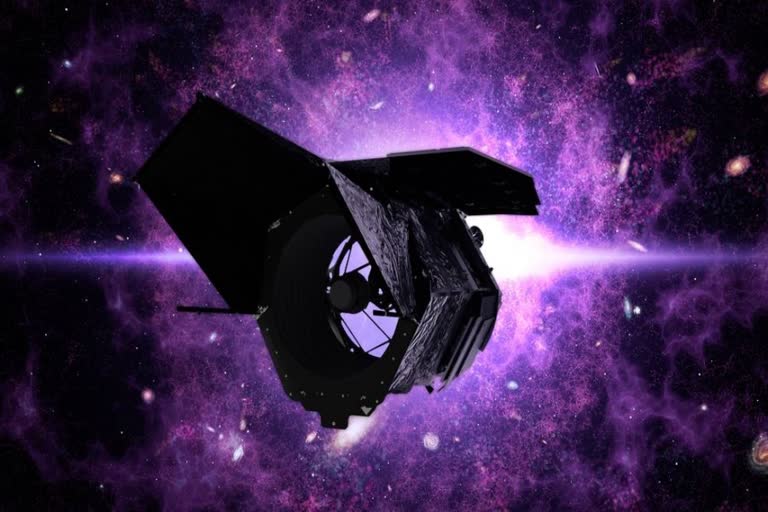Washington: NASA's new next-generation space telescope, currently under development, will see thousands of exploding stars called supernovae across vast stretches of time and space.
Using these observations, astronomers aim to shine a light on several cosmic mysteries, providing a window onto the universe's distant past and hazy present.
Earlier known as Wide Field Infrared Survey Telescope, it is now named the Nancy Grace Roman Space Telescope, after NASA's first Chief of Astronomy.
-
Stars don't last forever. When some of them erupt as supernovae, they produce a measurable amount of light that scientists use to tell their distance. Studying them will help us understand the accelerated expansion of the universe.✨☀️ https://t.co/8f1HwBnvFJ pic.twitter.com/fnB6RMvcnU
— Nancy Grace Roman Space Telescope (@NASARoman) May 26, 2021 " class="align-text-top noRightClick twitterSection" data="
">Stars don't last forever. When some of them erupt as supernovae, they produce a measurable amount of light that scientists use to tell their distance. Studying them will help us understand the accelerated expansion of the universe.✨☀️ https://t.co/8f1HwBnvFJ pic.twitter.com/fnB6RMvcnU
— Nancy Grace Roman Space Telescope (@NASARoman) May 26, 2021Stars don't last forever. When some of them erupt as supernovae, they produce a measurable amount of light that scientists use to tell their distance. Studying them will help us understand the accelerated expansion of the universe.✨☀️ https://t.co/8f1HwBnvFJ pic.twitter.com/fnB6RMvcnU
— Nancy Grace Roman Space Telescope (@NASARoman) May 26, 2021
Roman's supernova survey will help clear up clashing measurements of how fast the universe is currently expanding, and even provide a new way to probe the distribution of dark matter, which is detectable only through its gravitational effects.
One of the mission's primary science goals involves using supernovae to help pin down the nature of dark energy -- the unexplained cosmic pressure that's speeding up the expansion of the universe, the US space agency said.
"Dark energy makes up the majority of the cosmos, but we don't actually know what it is," said Jason Rhodes, a senior research scientist at NASA's Jet Propulsion Laboratory in Southern California, in a statement.
"By narrowing down possible explanations, Roman could revolutionize our understanding of the universe -- and dark energy is just one of the many topics the mission will explore!"
Roman will use multiple methods to investigate dark energy. One involves surveying the sky for a special type of exploding star, called a type Ia supernova.
The astronomers will also use Roman to study the light of these supernovae to find out how quickly they appear to be moving away from us. By comparing how fast they're receding at different distances, scientists will trace cosmic expansion over time. This will help us understand whether and how dark energy has changed throughout the history of the universe.
Roman's infrared vision, the gigantic field of view, and exquisite sensitivity will dramatically extend the search, pulling the cosmic curtains far enough aside to allow astronomers to spot thousands of distant type Ia supernovae, NASA said.
The mission will study dark energy's influence in detail over more than half of the universe's history when it was between about four and 12 billion years old. Exploring this relatively unprobed region will help scientists add crucial pieces to the dark energy puzzle.
Also Read: Twitter pauses blue badge verification, 'rolling' in applications
(Inputs from IANS+NASA)



